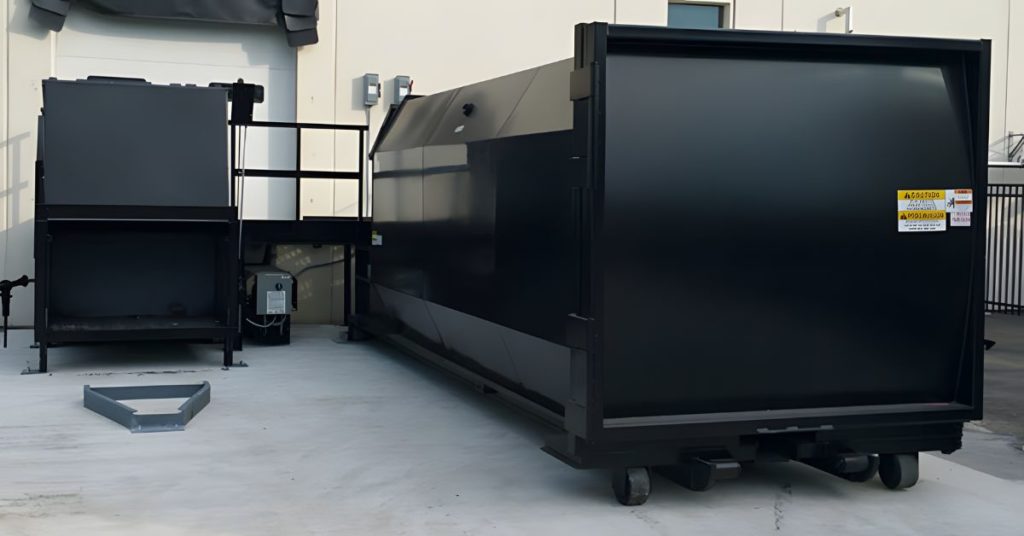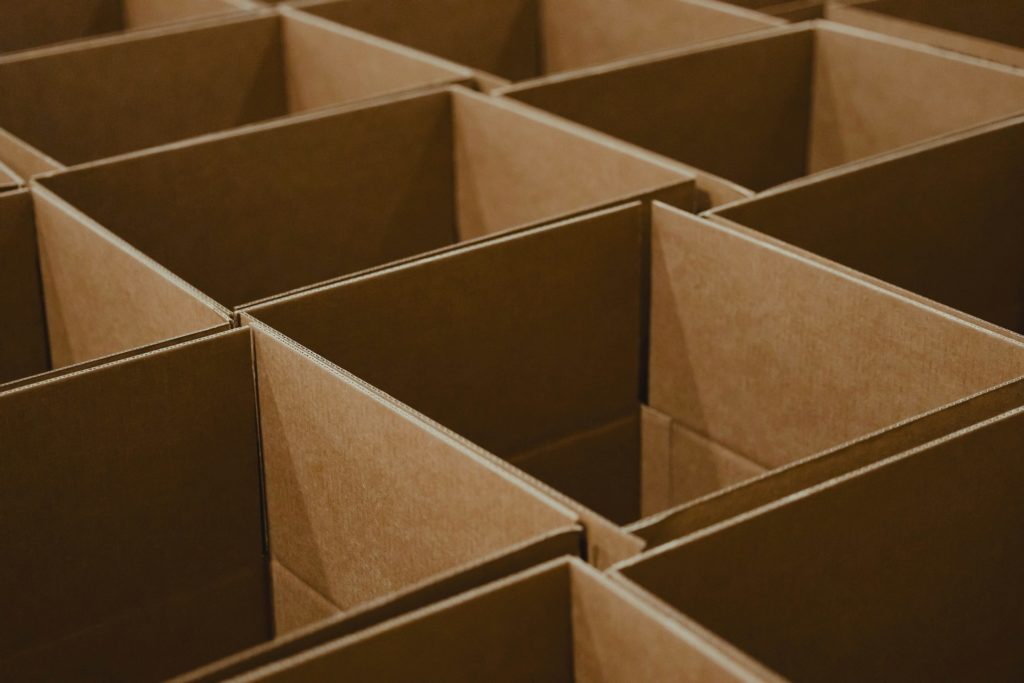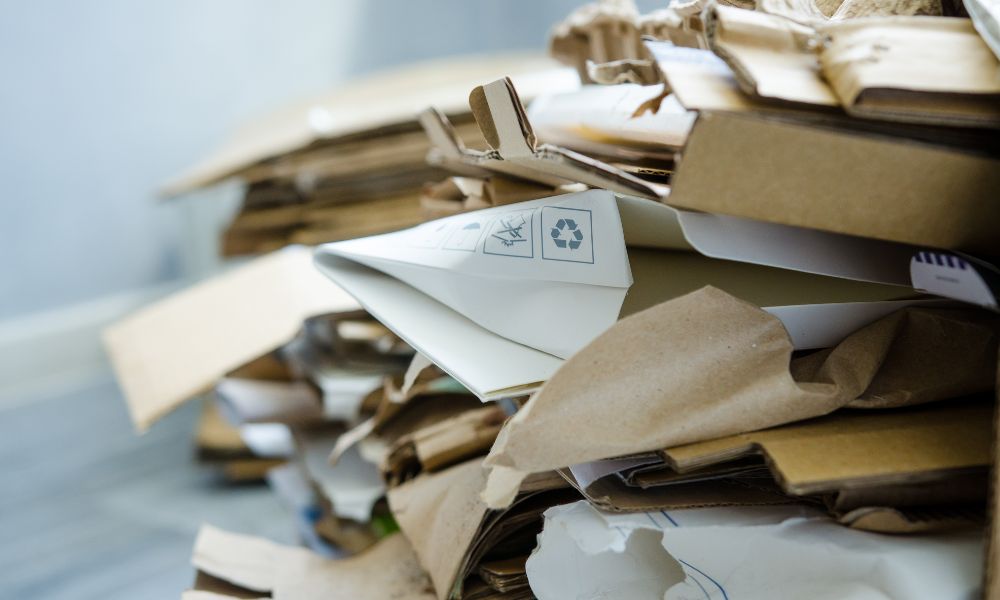Cardboard is everywhere, from the boxes used to ship your favorite online purchases to the packaging that keeps essential goods safe during transportation. However, mismanaging cardboard waste isn’t just harmful to the environment, it also leads to unnecessary costs for many businesses.
Learning the dos and don’ts for managing cardboard waste will help your business adopt sustainable practices and improve your operational efficiency. Here’s how to do it right.
Do Implement a Cardboard Recycling Program
Setting up a designated recycling program for cardboard waste is one of the easiest ways to manage it effectively. Cardboard is highly recyclable, and a structured program ensures that it doesn’t end up in a landfill unnecessarily. Begin by placing easily identifiable bins around your workspace to separate recyclable materials from other waste streams. Partnering with a reputable waste management company to schedule regular pickups ensures appropriate waste processing.
Statistics from the Environmental Protection Agency (EPA) reveal that paper and paperboard, including corrugated cardboard, account for about 23 percent of municipal solid waste. By implementing a recycling program, you’re contributing to reducing that percentage while likely lowering your disposal costs.
Do Flatten Cardboard Boxes To Save Space
Un-flattened cardboard is bulky and wastes precious storage and disposal space. Flattening cardboard boxes before disposal ensures you’re using your recycling bins and storage areas more efficiently. For businesses with a high volume of cardboard waste, this can reduce costs associated with waste management systems or storage fees.
Additionally, compact cardboard is easier to transport, ensuring the process remains cost-effective and reduces your carbon footprint associated with waste trucking routes. Flattening boxes is one of the simplest tasks but has significant impact in improving waste management practices.
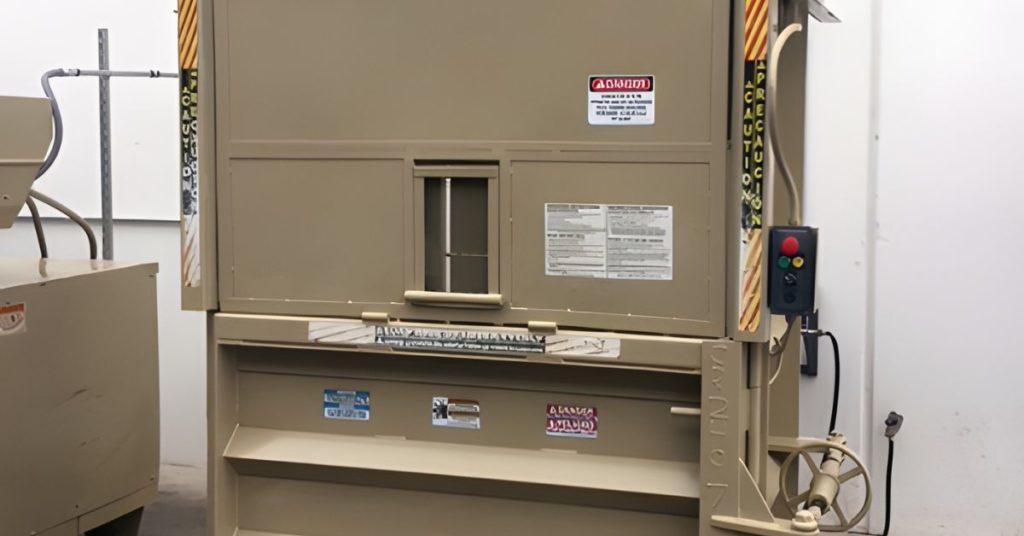
Do Use Cardboard as Packing Material
Repurposing cardboard is a smart way to manage waste without requiring additional resources. Instead of discarding excess cardboard, consider shredding it for reuse as packing material. This approach benefits businesses by cutting down on costs for bubble wrap or packing peanuts while offering an eco-friendly alternative—a win-win all around.
Whether you’re shipping products or storing inventory, shredded cardboard provides effective cushioning for fragile items during transit. The reusability of cardboard makes it one of the most sustainable resources for businesses to capitalize on.
Do Partner With Local Recycling Centers
Collaborating with local recycling centers fosters a more streamlined waste management process. Many recycling facilities accept large quantities of cardboard and offer services tailored to businesses, including pickup options and customizable recycling guidelines.
Partnerships like these also contribute to the local economy and ensure your business is compliant with regional waste management regulations. With the ability to track and confirm how much you recycle your waste, you highlight this initiative in your sustainability reports or marketing efforts.
Do Train Employees on Proper Recycling Procedures
Employee knowledge is critical when it comes to effective waste management. Make sure you train your team to identify recyclable cardboard and that they know how to process it correctly. For example, emphasizing the importance of removing any plastic film, food residue, or labels from boxes before recycling ensures the recycling process isn’t contaminated.
Host regular training sessions or create easy-to-understand guides to keep everyone on the same page. When you actively involve employees, they’re more likely to contribute to sustainable practices and prioritize waste management.
Don’t Throw Cardboard in the Regular Trash
Mixing cardboard with general waste sends a recyclable resource to landfills and increases the overall waste disposal costs for your business. Cardboard takes up a significant amount of space, leading to higher trash weights and frequency of pickups. Beyond that, it’s a missed opportunity to contribute to circular recycling processes.
Divert cardboard waste to proper recycling streams wherever possible. Many municipal governments also impose fines or fees for businesses that fail to separate recyclables from trash. You can avoid unnecessary expenses by correctly sorting waste.
Don’t Ignore Wet or Contaminated Cardboard
Wet or soiled cardboard cannot be recycled because contamination disrupts the recycling process. Food stains, grease, or moisture degrade the fibers, making it impossible for recycling facilities to process the material effectively. It’s vital to dispose of contaminated cardboard separately to avoid compromising entire batches of recyclable material.
Instead, consider composting small amounts of wet cardboard if facilities are available or make sure you discard it responsibly. Furthermore, encourage employees to store and manage cardboard responsibly to prevent such contamination in the first place.
Don’t Overlook the Benefits of a Vertical Cardboard Baler
If your business handles large amounts of cardboard waste, investing in a vertical cardboard baler will revolutionize your waste management process. These machines compress cardboard into compact bales, making transportation and recycling far more efficient.
Vertical balers reduce operational costs by minimizing the volume of cardboard waste, leading to fewer pickups and lower storage requirements. Additionally, many recyclers and waste handlers will offer higher rebates or better pricing for well-baled cardboard, making it an investment that pays off in the long term.
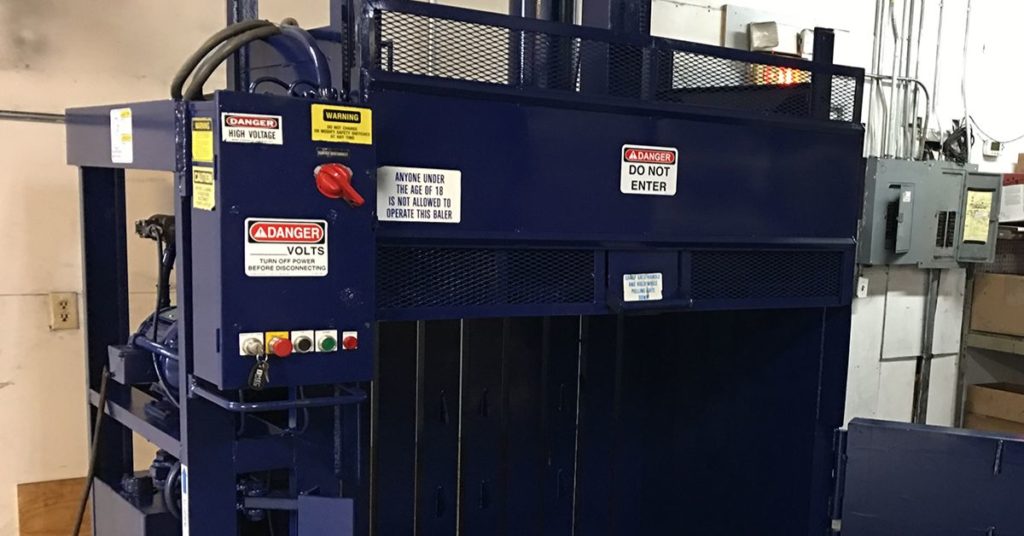
Don’t Forget To Monitor and Adjust Your Program
Effective waste management isn’t a one-and-done process. Regular evaluations of your recycling programs will identify inefficiencies and ensure you’re meeting sustainability goals. For example, if recycling bins are overflowing or trash audits reveal recyclable materials mixed with general waste, it’s time to reassess and make adjustments.
Use data from recycling companies to track progress and look for ways to improve over time. Staying proactive benefits your business and reinforces your commitment to sustainability.
Don’t Neglect Regular Waste Management Audits
Consistently auditing your waste management process provides valuable insight into how well your policies and protocols are working. Audits reveal trends, such as materials being improperly disposed of or underused resources like a recycling program that employees aren’t engaging with.
By regularly reviewing your operations, you will identify areas to improve and can communicate successes to your team and stakeholders. Keeping waste management top of mind emphasizes its importance across the business and ensures consistent, long-term success.
A Streamlined Approach to Responsible Waste Management
Managing cardboard waste effectively is about more than recycling and this list of dos and don’ts highlights that clearly. It’s about adopting practices that are sustainable, cost-effective, and community centric. From implementing a recycling program and flattening boxes to investing in tools like vertical cardboard balers, the steps are easy to follow, and the results are transformative for your operations.
Make the smart move toward sustainable practices today and let the professionals at Compactor Rentals of America support your waste management goals.
